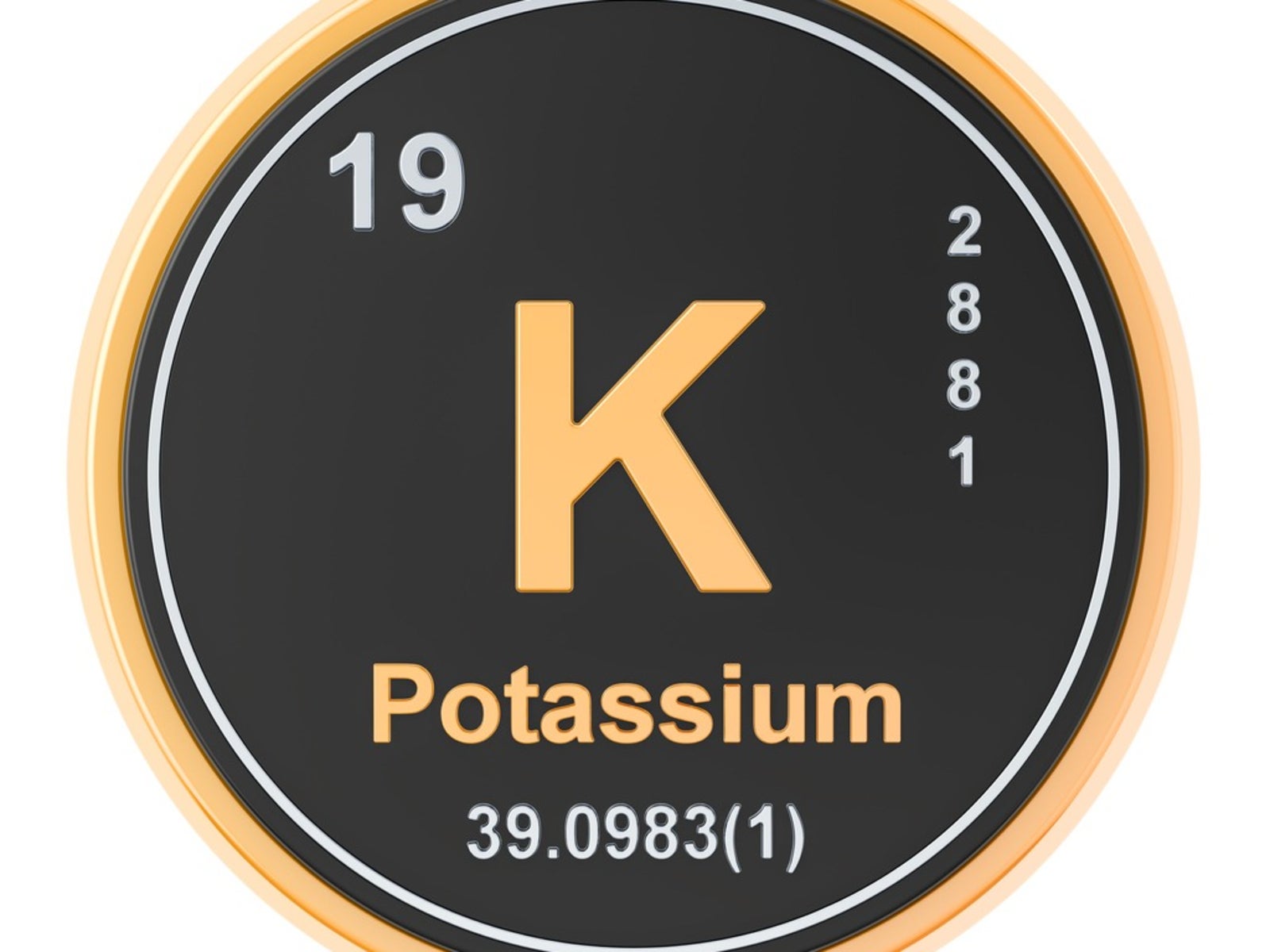Plants And Potassium: Using Potassium And Potassium Deficiency In Plants


Plants and potassium is actually a mystery to even modern science. The effects of potassium on plants is well known in that it improves how well a plant grows and produces but exactly why and how is not known. As a gardener, you do not need to know the why and how in order to be hurt by a potassium deficiency in plants. Keep reading to learn more about how potassium affects the plants in your garden and how to correct a potassium deficiency.
Effects of Potassium on Plants
Potassium is important to plant growth and development. Potassium helps:
- Plants grow faster
- Use water better and be more drought resistant
- Fight off disease
- Resist pests
- Grow stronger
- Produce more crops
With all plants, potassium assists all functions within the plant. When a plant has enough potassium, it will simply be a better overall plant.
Signs of Potassium Deficiency in Plants
Potassium deficiency in plants will cause a plant to perform more poorly overall than it should. Because of this, it can be difficult to see specific signs of potassium deficiency in plants. When severe potassium deficiency happens, you may be able to see some signs in the leaves. The leaves, especially older leaves, may have brown spots, yellow edges, yellow veins, or brown veins.
What is in Potassium Fertilizer?
Potassium fertilizer is sometimes called potash fertilizer. This is because potassium fertilizers often contain a substance called potash. Potash is a naturally occurring substance that occurs when wood is burned away or can be found in mines and the ocean. While potash is technically a naturally occurring substance, only certain kinds of potassium fertilizers containing potash are considered organic. Some sources refer to high potassium fertilizer. This is simply a fertilizer that is exclusively potassium or has a high "K" value. If you wish to add potassium to your soil at home, you can do so in several ways without having to use potash or other commercial potassium fertilizer. Compost made primarily from food byproducts is an excellent source of potassium. In particular, banana peels are very high in potassium. Wood ash can also be used, but make sure that you apply wood ash only lightly, as too much can burn your plants. Greensand, which is available from most nurseries, will also add potassium to you garden. Because potassium deficiency in plants can be hard to spot through looking at the plant, it's always a good idea to have your soil tested before adding more potassium.
Sign up for the Gardening Know How newsletter today and receive a free copy of our e-book "How to Grow Delicious Tomatoes".

Heather Rhoades founded Gardening Know How in 2007. She holds degrees from Cleveland State University and Northern Kentucky University. She is an avid gardener with a passion for community, and is a recipient of the Master Gardeners of Ohio Lifetime Achievement Award.